Here I am, writing about Brno now that I am already in Prague. Barely arrived, I slipped out of the classy residency flat Futura is hosting me in and went over to a nighttime performance in the hothouse of the Botanical Gardens, a postpostpost experience which people here seemed very comfortable with. Not only did it make Brno seem like a provincial art scene, it also made Bucharest seem like the 90s of Prague.
This is not, however, an attempt to criticize Brno, a lovely town which doesn’t claim to be anything it isn’t. It is perhaps my personal background of living in capitals, with all the cruelty this involves – but the province really makes me uneasy and I am at any moment ready to trade it for an apocalypse, however dumb or ridiculous, in a capital city.
All of the spaces I visited in Brno were of decent – and, if I understand correctly, growing – quality. Most of them are old institutions invested with some new vibe, although always guarded by non-English speaking ladies with a perm and rarely offering reading material in another language than Czech.
The Špilberk Castle is just as unfriendly as any Peleș or even Versailles, a tourist destination that might as well have been kept by robots. It seems however to have understood that its position and budget involve some responsibilities, and I was thus able to visit a timely exhibition of Woody and Steina Vasulka’s works. Surely, the curators were no contemporary art specialists, since they hadn’t understood the specific temporality of the video works on display, which led to a rather unfriendly even though clean display, with several 40-minute videos running one after the other on TV screens on the wall. Perhaps a better plan would have been to create small cinema rooms and spread out the tens of hours of film and video into regular screenings throughout the duration of the show. But I guess it takes time to become contemporary.
The same can be said of other big and very old school institutions such as the Brno House of Arts, which devotes energy and space to showing work from local artists of truly local value, sort of permanent in-joke. It is perhaps a good moment to remark that 99% of the exhibitions in Brno feature Czech artists, and the curiosity toward foreign ones seems to match the one that people from Bucharest have towards anything that is not certified local. I can’t say this doesn’t strike me as a provincial attitude.
A very nice institution I ticked off the map was the Moravian Gallery, with its excellent and very instructive permanent collection of modern Czech art which made me ponder as to when the heck are we going to have one of these back home. A perfect afternoon walk, excellent exhibition design, great space and a really smart choice of works. The only annoying bit was that, with every step I took, I fell in love with Jiří Valoch – and when I came out, there was nothing, no catalogue, no little postcard, absolutely nothing I could take home with me to calm my thirst of him.
The gallery café, however, and actually pretty much all of the cafés in town, almost fooled me into tagging Brno as a contemporary art city – the soya latte the baristas could make was London quality, the cool kids working on their macs had ditched the beard and wore the right beanies, all in all the air had a rad scent in quite a few places.
My favorite one has to be the Klubovna Gallery, also because it was the only opening I attended and where I could actually talk to people from the scene. The little space in what the owners specified to be a hot neighborhood – think Pantelimon but with 19th C buildings – was showing work from a young Polish collective called Silverado. Cheap but slick, displaying meta and post themes, the show could have been held in any off space in Berlin or London, as I told the artists over a shared bottle of wine. A small group of what looked like regulars attended this show by foreign artists. As we left together for a party, we talked funding, ways to travel internationally making art, and the joys we were convinced came with activating in non-Western art scenes. It felt like an event at ODD or Tranzit, where there is no clear distinction between guests and organizers and where enthusiasm and collaboration rank higher than hard cash and prestige.
Thinking back, this opening stands out even more because it functioned the way contemporary art should function, to my mind – with people present. I saw the rest of the shows on my own and thus had to stare at works which were pretty much dead and figure out what they could say to me. I firmly believe that it is not the artwork that should speak – but the artist. Art is not a book, it cannot speak for itself. Most museum displays speak because the curator has made them speak – very rarely a single piece will speak to you, and even more rarely a piece by a young artist, who hasn’t yet learned to speak to or for anyone else but himself. So since I think about my own work anytime I travel and see others’ attempts to make art, I came out of Brno with the clear decision to make even more radical curatorial decisions in the future, and allow much less work to be displayed in the exhibition format. It would be respectful of the art itself to know when not to turn it into an exhibition.
One other place I would have liked to visit in a time when it was animated by people is the Industra art hub, hidden between truck ramps and deposits in a, well, industrial neighborhood. The art on display was of no interest when I visited, but the place itself, an open space with urban garden and a dance workshop annexed, had a fresh vibe to it, which surely feels stronger when events take place. Again, a typical situation of a hybrid art space at the global periphery, which exists only insofar as it gathers people and which, although it probably aims to be a constant meeting & work place, struggles to produce its significant community. However, as opposed to big traditional institutions, these small ones display an adherence to the so-called new institutionalism, the global attempt at creating spaces with an impact for community, produced not so much via the art but via the discourse and activities surrounding it. Although I didn’t get the chance to delve very deeply into Industra’s activity, I could see that it was in tune with this view of what an institution is and that perhaps in the Brno context it was the only one. I would say that for a city like Brno, having one such space among several traditional ones shows a fair level of openness and cultural intelligence.
If you want to follow the Brno scene tune in to their Art Map (wink wink they have one).
This trip was made possible thanks to the generous support of the Czech Centre in Bucharest.
POSTED BY
Cristina Bogdan
Founder and editor-in-chief, between 2014-19, of the online edition of Revista ARTA. Co-founder of East Art Mags, a network of contemporary art magazines from eastern and Central Europe. Runs ODD, a s...
www.evenweb.org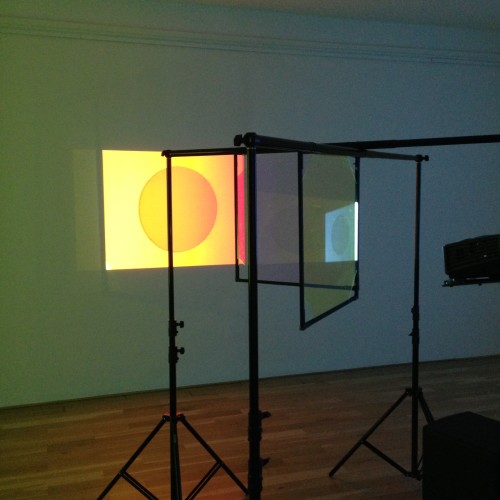
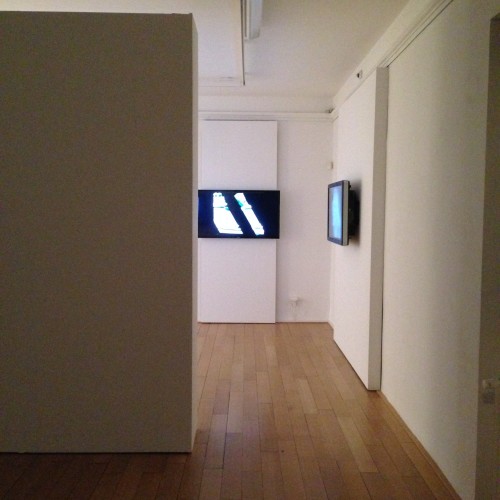
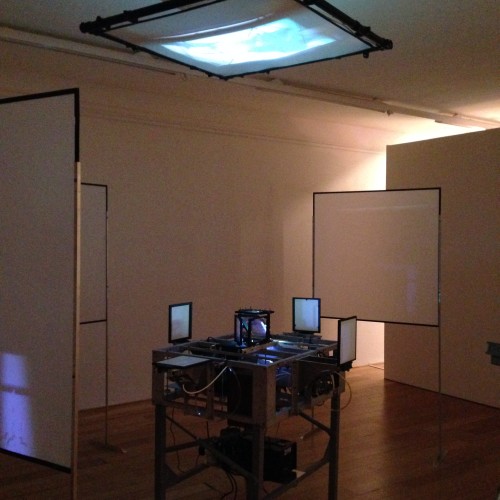
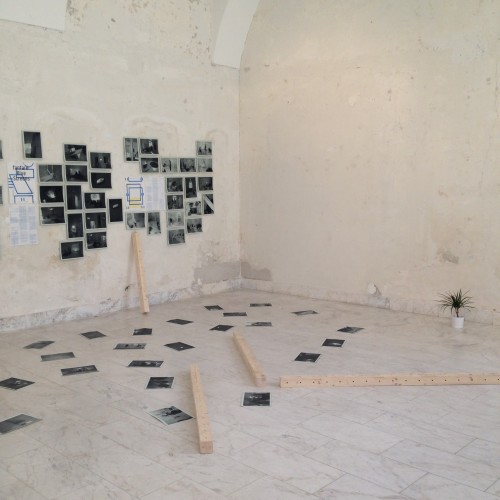
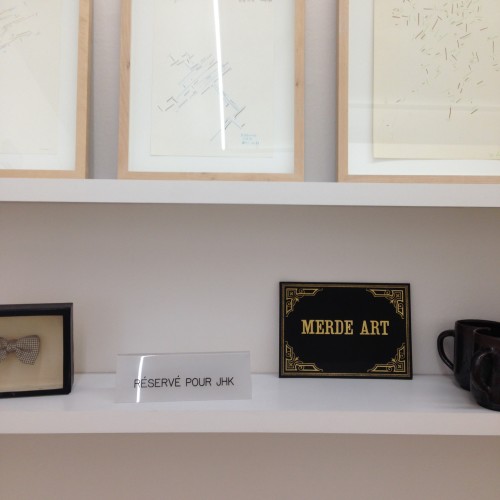
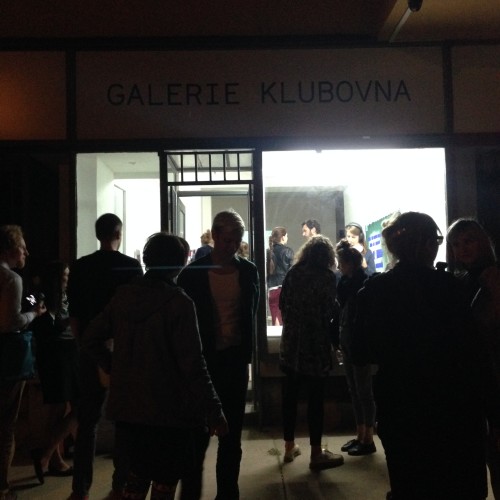
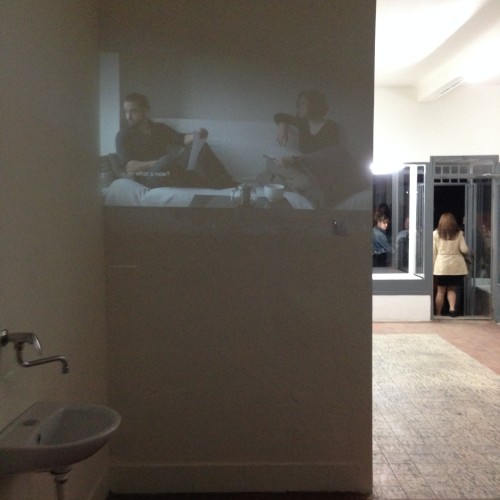
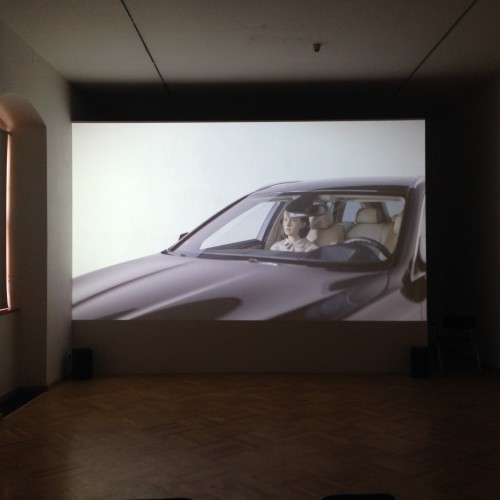
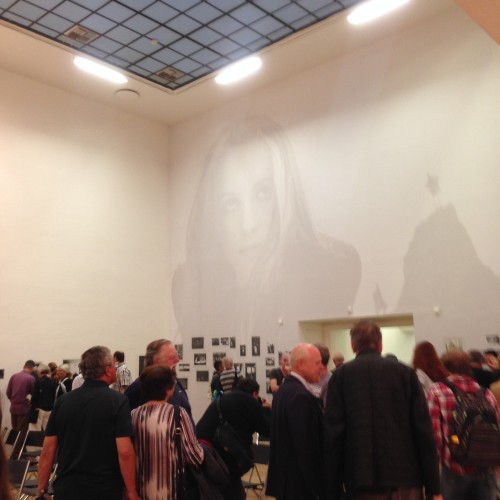
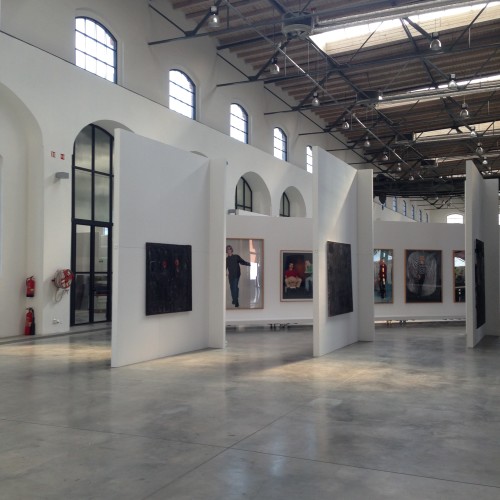
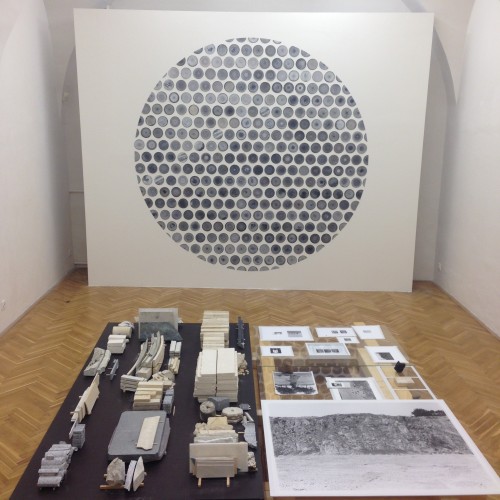
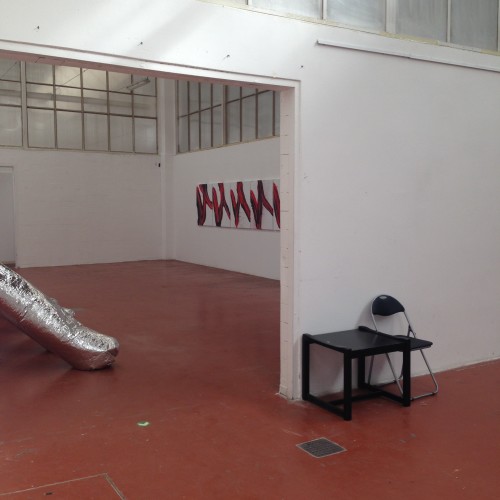
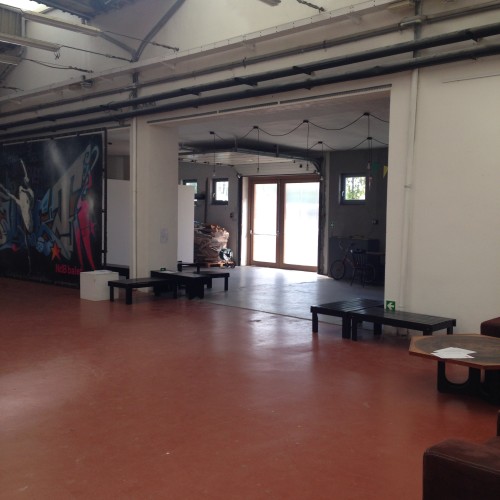
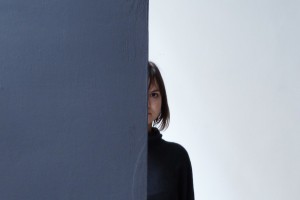
Comments are closed here.